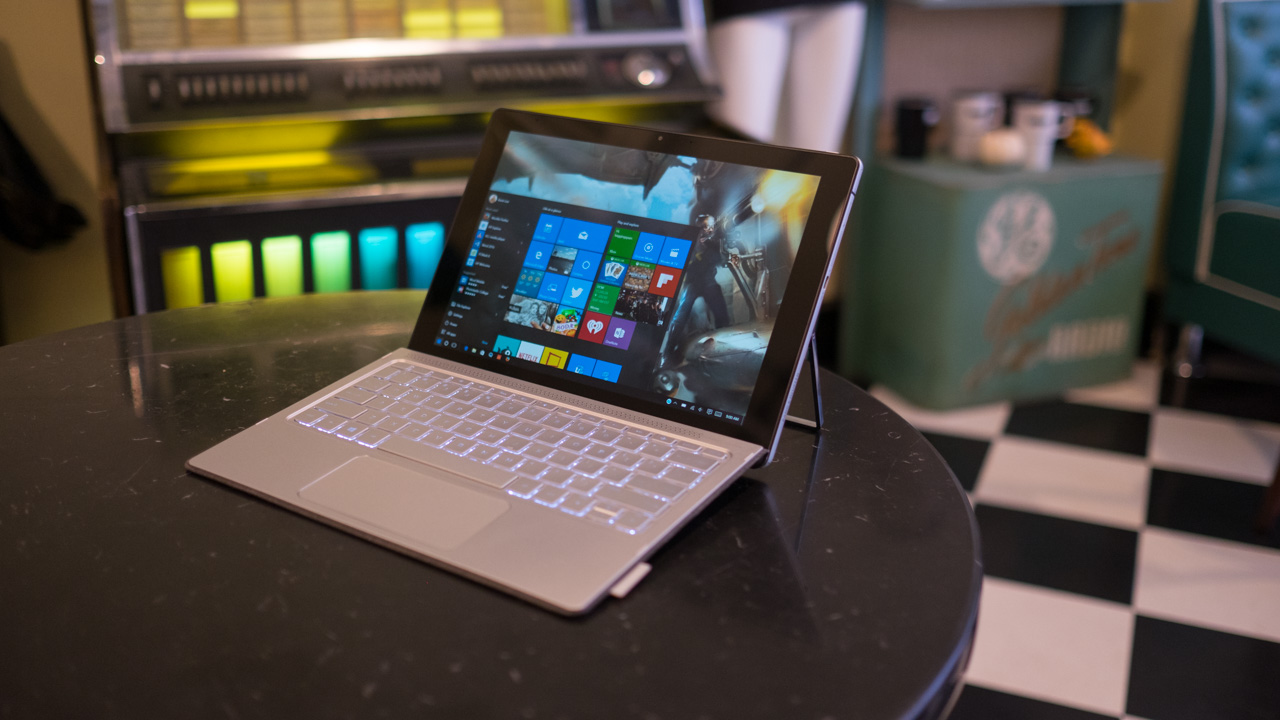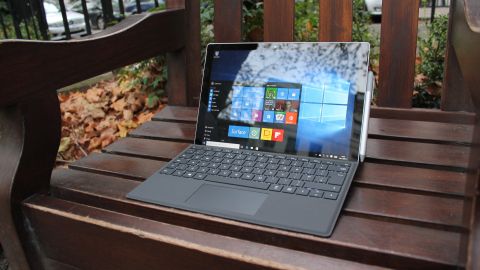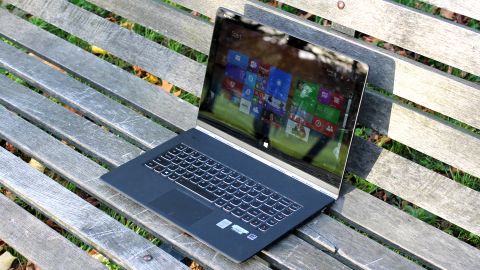2-in-1 laptops? Why they're the hottest thing in mobility
Convertibles or hybrids, they're already here

In association with PC World Business
Over the past decade, laptops have gradually replaced desktop computers in businesses and firms all over the country, pushing their more traditional counterparts into increasingly niche pockets. Lately though laptops have found themselves struggling against tablets which have become more powerful and versatile over time.
However, laptop manufacturers are fighting back by offering some innovative features thanks to the arrival of Windows 10, Microsoft's latest operating system, and new, more power-efficient processors from Intel and AMD.
A new segment, 2-in-1 laptops as they are called, has been one of the fastest growing ones in the laptop market, making analysts upbeat about the new form factor.
Peter King, Research Director, Tablet & Touchscreen Strategies service argued that, "As the enterprise market becomes increasingly open to the wide scale deployment of Tablet platforms, Microsoft has a key advantage in that its operating systems are found on the vast majority of PC and servers within the enterprise, potentially providing a smoother integration of Tablets using the Windows OS into the enterprise. Most, if not all, major vendors will have high to premium tier Windows Tablet offerings by the end of 2016 to address prosumers and enterprise currently served by Microsoft's Surface Pro line."

Speaking of the Surface Pro, it was the one that spearheaded the current paradigm shift when it launched three years ago, came with a keyboard cover by default and with Windows OS, the de facto client operating system for businesses.
In 2013, a number of vendors started testing a number of form factors that blended tablet functionality in a laptop form factor. The market opted for the two simplest ones, detachable and swivel ones, with The ASUS Transformer Book T200TA and the Lenovo Yoga 3, being two examples of models that are currently on vendors' shelves.
Are you a pro? Subscribe to our newsletter
Sign up to the TechRadar Pro newsletter to get all the top news, opinion, features and guidance your business needs to succeed!
2-in-1 devices are set to increase their market share for a number of reasons both for vendors and for customers.
For the latter group, hybrid laptops provide with the sort of versatility that is increasingly becoming the norm in modern businesses. Employees are now expected to work flexibly which is why they would demand the same from the devices they use.

Convertibles allow users to switch seamlessly and rapidly between modes. The Yoga 3 mentioned above, for example, can rotate to offer either a traditional layout, a presentation mode, a tablet one or a laid-back/tent mode.
The other option vendors have adopted is to detach the keyboard dock from the laptop, a process that takes seconds, allowing the user to enjoy an even better user experience since the screen essentially becomes a standalone tablet.
For both form factors, the presence of a touchscreen display, sometimes coupled with a stylus or a pen, allows for an even wider range of tasks.
Vendors are also increasingly incorporating better connectivity options for 2-in-1 laptops as chipset integration now allow for the latter to adopt features like 4G/LTE or NFC which were, hitherto, limited either to tablets or smartphones.
And because they often share the same DNA as their tablet counterparts, a lot of them to have excellent battery life despite an ultra-thin profile with several boosting more than 10 hours powered on.
Hybrids have driven innovation in the mobile computing area; products like the Surface Book from Microsoft have managed to integrate a dedicated graphics card in an incredibly thin enclosure and will almost certainly encourage other vendors to follow suit.
Don't be surprised if, within the next few years, convertibles become the norm both in the consumer and the business markets, leaving traditional laptops, just as the latter did to their desktop counterparts, to niche markets like gaming or at the very bottom end of the entry level.

Désiré has been musing and writing about technology during a career spanning four decades. He dabbled in website builders and web hosting when DHTML and frames were in vogue and started narrating about the impact of technology on society just before the start of the Y2K hysteria at the turn of the last millennium.